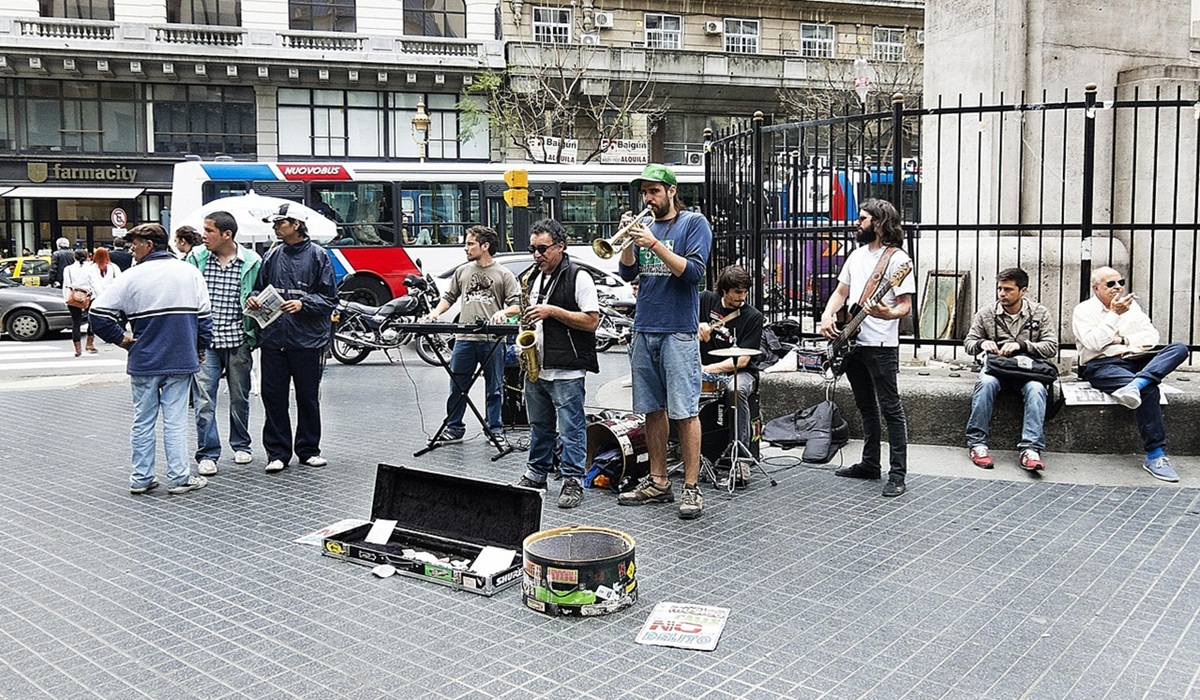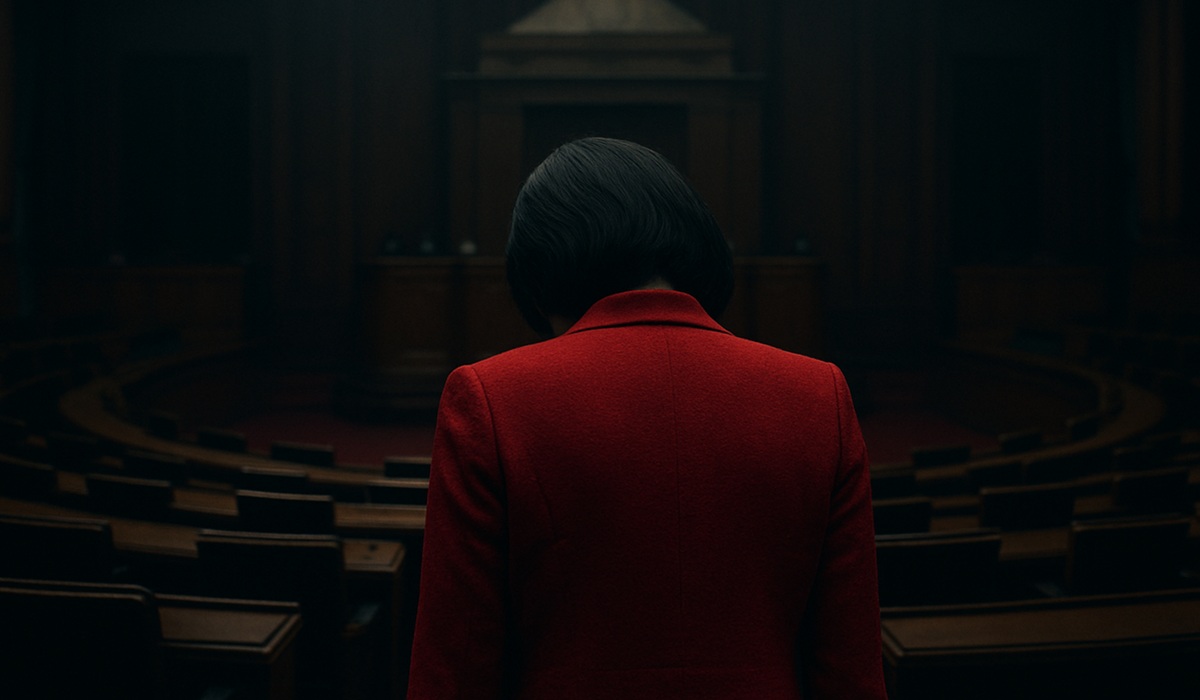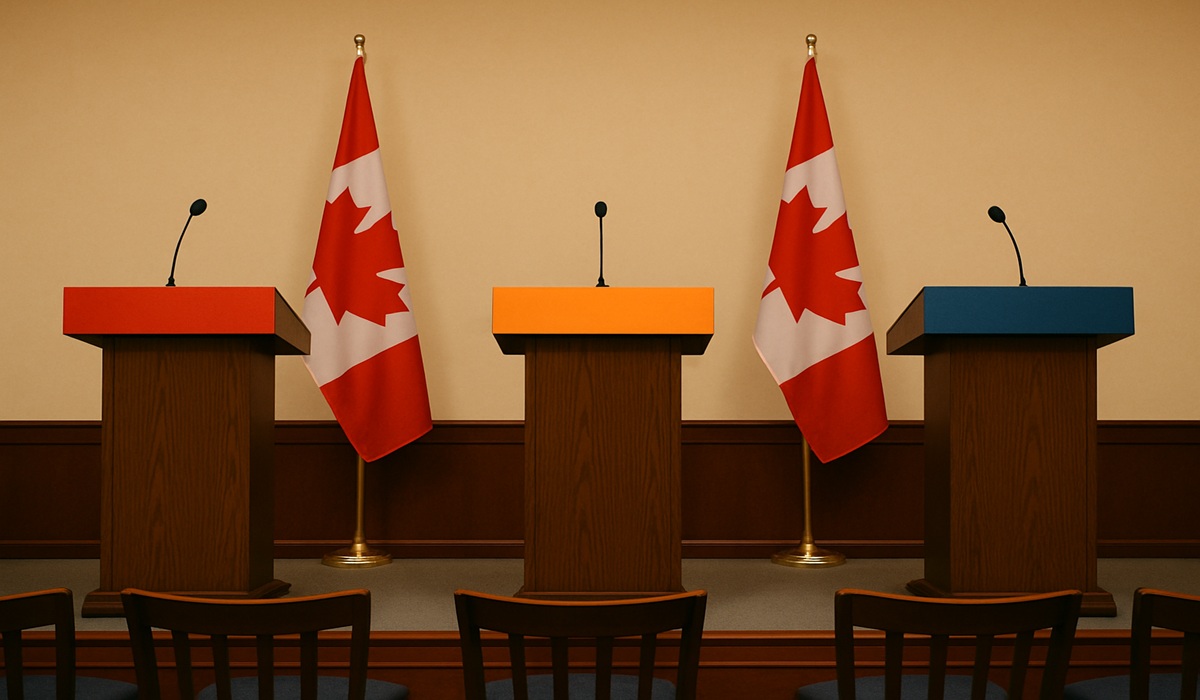Shrinking the Numbers, Not the Problem: Iran’s Currency Makeover Faces a Harsh Reality
- Naomi Dela Cruz
- Business
- Middle East
- Trending News
- November 25, 2025

Iran is preparing to take a dramatic step with its national currency, planning to erase four zeroes from the rial in an effort to simplify daily life and modernize its battered monetary system. On paper, the change sounds straightforward: smaller numbers on price tags, cleaner accounting, and a currency that looks less unwieldy in wallets and on receipts. In reality, it is far less certain whether a cosmetic adjustment to the currency can make any meaningful difference to an economy weighed down by persistent inflation and long-running structural challenges.
For ordinary Iranians, the current currency system has become almost absurd. Everyday purchases involve eye-watering strings of digits, where basic items cost in the hundreds of thousands or millions of rials. This has made simple transactions cumbersome, confusing, and prone to mistakes. Businesses must constantly deal with oversized figures in their bookkeeping. Consumers have grown accustomed to carrying thick stacks of banknotes that carry little real value. Removing four zeroes promises to make all of this easier. A price that once demanded a flood of digits would suddenly look reasonable again, at least on the surface.
Yet a shorter number does not mean a lower price. The value being exchanged remains the same. The cost of goods, the pressure on household budgets, and the struggle to keep up with rising expenses do not vanish just because fewer zeroes appear on a banknote. Inflation in Iran has been relentless, driven by a complex mix of sanctions, limited access to global markets, domestic policy struggles, and a lack of sustained financial stability. Over decades, the purchasing power of the rial has eroded dramatically, leaving salaries lagging behind the real cost of living.
The fundamental danger of redenomination under such conditions is psychological confusion blended with false relief. When people see smaller numbers, it can momentarily feel like an improvement, even if nothing substantive has changed. Over time, as prices inevitably continue to rise, new zeroes will slowly begin to creep back into the system unless deeper reforms take hold. Without controlling inflation itself, the country risks repeating the same cycle again in the future, replacing old notes with new, only to watch another wave of devaluation undo the effort.
There is also the challenge of implementation. Every price list, contract, accounting system, vending machine, software program, and financial document must be adjusted to reflect the new figures. That kind of transition requires massive coordination, public education, and a stable environment in which people can adapt. In a nation already straining under economic uncertainty, the process itself may create confusion in the short term, both for citizens and for businesses trying to recalibrate their operations.
Some see the move as a symbolic attempt to restore confidence and project a sense of progress. A currency that looks more “normal” can be framed as a step toward normalization on a global stage. But symbolism is only powerful when it is matched by substance. Real stability comes from consistent monetary policy, credible long-term planning, transparent governance, and tangible improvements in production, employment, and trade. Without those pillars, a redesign of the currency becomes little more than a reshuffling of digits.
For the average person walking into a store in Tehran, the number on the receipt may soon be smaller and easier to read. That may save a few seconds at the counter and reduce the mental math required to make a simple purchase. But the true question lies beyond convenience. Will wages stretch further? Will savings hold value? Will the cost of food, housing, and transportation stabilize? Those are the realities that define economic well-being, and they cannot be rewritten with a new font on a banknote.
In the end, the success or failure of Iran’s currency reform will not be judged by how neatly the numbers fit on paper, but by whether ordinary people can feel a difference in their lives. If inflation continues unchecked, the new currency will simply tell the same old story in fewer characters. If real reform finally takes root, the redenomination may be remembered as one small part of a much larger and more meaningful transformation.








